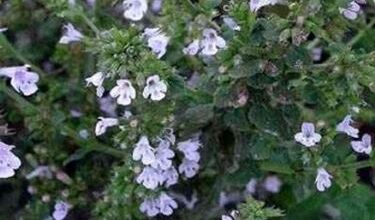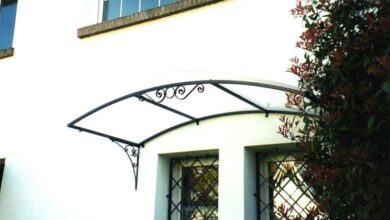Catalpa bungei

An ornamental tree

The catalpa bungeiit differs from other species because it does not reach the same heights. If a catalpa can in fact reach up to 18 meters, the specific bungei generally does not exceed 6 meters, which however reaches very quickly as it develops rapidly. This is a good reason to plant it in the garden, because it will start to brighten the environment right away. Its stem is short and stocky, and the bark is light in color. The wood of the catalpa is very soft, and its foliage takes on a rounded shape thanks to the large leaves, which can reach 20 centimeters in width. The tree has deciduous leaves, so it remains bare in winter, but produces a pleasant flowering in summer. Its flowers have the shape of pinkish trumpets; moreover, the plant produces long pods that contain the seeds.
How to grow and care for the catalpa bungei

To create a pleasant corner of shade in your garden, you could therefore think of planting a catalpa bungei there. First of all you have to choose a sunny and sheltered corner, as this tree does not like the cold very much, but it can also be in partial shade. You can also think of planting it in pots, which obviously must be large enough. The soil in which the catalpa bungei must be planted must be soft and rich in humus, and above all it must be well draining, to avoid water stagnation. If growing in pots, the land must be changed every two to three years. As for watering, the catalpa bungei does not need a lot of water: it must be watered more often only in summer. It does not even need to be pruned, and it resists well even at very low temperatures.
Catalpa bungei: The catalpa bungei and the catambra

The catalpa bungei also has a non-negligible virtue. In fact, it has been discovered that its leaves contain a special essential oil that has the power to repel mosquitoes. Scholars and botanists thus selected a particular variety which was called catambra. The catambra has some different characteristics compared to the catalpa bungei: in fact it has no flowers, and is smaller, because it generally does not exceed three and a half meters in height. Its main virtue lies in the fact that it acts as a mosquito repellent. Through grafts and crossings, in fact, the catalpolo content in its leaves has been increased. Catalpolo is the essential oil that serves to keep annoying stinging insects away. The catambra therefore combines the coolness and the shade, offered by all the catalpa trees,




